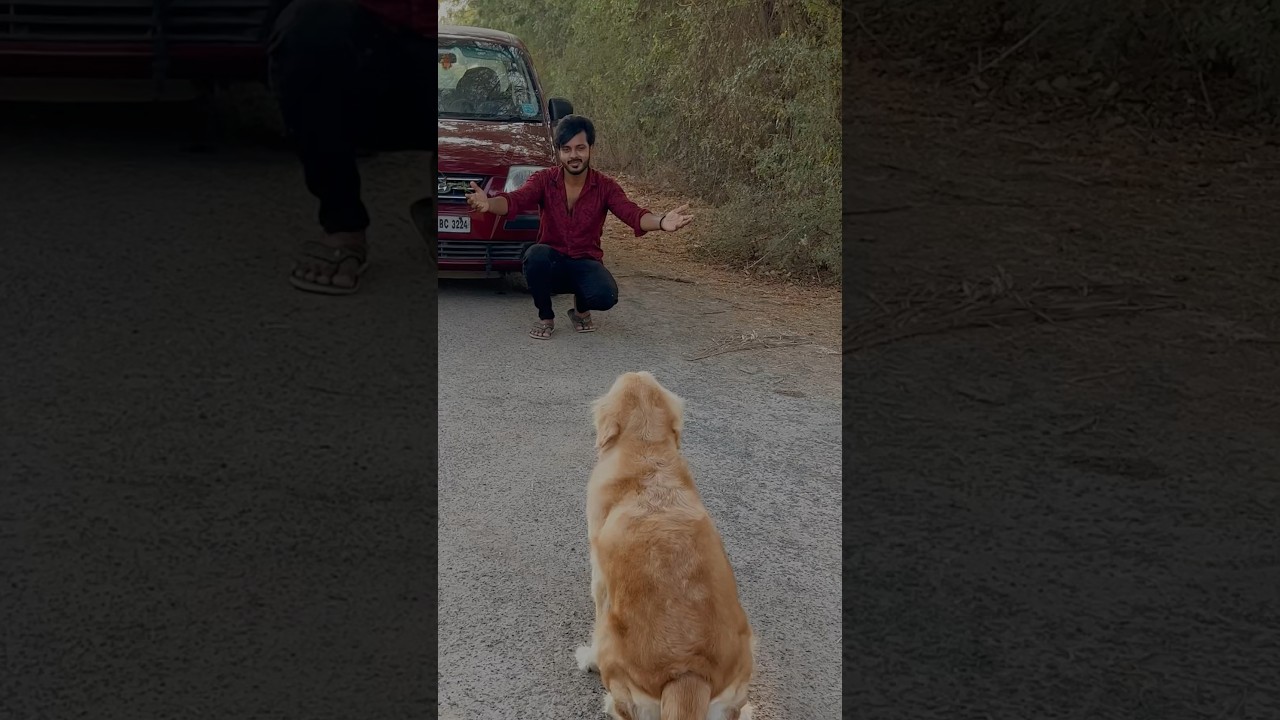Blastomycosis in Golden Retrievers: An Ultimate Guide for Pet Owners
Introduction
Golden Retrievers are a very popular kind of dog that many people all around the world love. They are known for being friendly and loyal. Sadly, just like all dogs, Golden Retrievers can get sick with different health problems, including fungal infections. One type of fungal infection that can affect Golden Retrievers is called blastomycosis. In this ultimate guide, we will talk all about blastomycosis, what causes it, what signs to look out for, how it is diagnosed and treated, and how to prevent it. We will focus on Golden Retrievers specifically in this guide.
What is Blastomycosis?
Blastomycosis, also known as “Blasto,” is a kind of infection caused by a fungus called Blastomyces dermatitidis. This fungus is usually found in damp soil and decaying things like wood and leaves. When a Golden Retriever breathes in the spores of the Blastomyces dermatitidis fungus, it can cause an infection in their lungs. This infection can spread to other parts of their body, like their skin, eyes, bones, and even their central nervous system, which is the part of their body that controls everything they do.
Symptoms of Blastomycosis in Golden Retrievers
The signs of blastomycosis in Golden Retrievers can be different for each dog. Not all dogs will have the same signs. Some common signs to be aware of include:
1. Respiratory Issues:
Golden Retrievers with blastomycosis may have a hard time breathing. They might cough, wheeze, have pain in their chest, or breathe quickly and heavily. At first, these signs might seem like they have a normal respiratory infection, but if they continue or get worse, it’s important to talk to a veterinarian, who is a pet doctor.
2. Skin Lesions:
Blastomycosis can cause sores on a Golden Retriever’s skin. These sores might be red, swollen, and even have pus or blood coming out of them. They can be painful for the dog.
3. Eye Problems:
Blastomyces dermatitidis fungus can also affect a Golden Retriever’s eyes. Their eyes might be red, swollen, and have discharge coming out of them. If this problem is not treated, it could even make the dog blind.
4. Lethargy and Weight Loss:
Dogs with blastomycosis might not have much energy and might not feel like eating. Because of this, they can lose a lot of weight.
5. Lameness and Joint Pain:
Blastomycosis can make a Golden Retriever have trouble walking or cause pain in their joints.
Diagnosing and Treating Blastomycosis
If you think your Golden Retriever has blastomycosis, it’s important to bring them to a veterinarian so they can find out for sure and give them the right treatment. To figure out if a dog has blastomycosis, the veterinarian will need to do some tests. These tests can include:
– Checking the dog’s body and asking about their medical history.
– Taking pictures of the dog’s chest using a special machine called an X-ray to see if the infection is in their lungs.
– Doing blood tests to see how the dog’s immune system is working.
– Collecting a sample of the dog’s urine or a little bit of their skin to check if the fungus is there.
Once the veterinarian figures out that a Golden Retriever has blastomycosis, they will usually give them some special medicine called antifungal medicine. This medicine can be itraconazole or fluconazole. The treatment can take a few months. In very bad cases, the dog might even have to stay in the hospital and get more treatments, like getting fluids through a tube or medicine for pain.
Preventing Blastomycosis
Even though it’s not possible to completely stop blastomycosis from happening, there are things you can do to try to keep your Golden Retriever safe. Here are some things you can do:
1. Avoid High-Risk Areas:
Try to keep your dog away from places where the fungus is known to live, like wet and rotting wooded areas or near water.
2. Be Mindful of Outdoor Activities:
Avoid places where there are a lot of leaves or where the ground is damp, especially after it has rained. Be careful when your dog is digging or going into underground spaces because that can make it easier for them to breathe in the fungus.
3. Regular Veterinary Check-ups:
Make sure to bring your Golden Retriever to the veterinarian for check-ups often. The veterinarian can look at your dog’s health and catch any possible problems early, including blastomycosis. If a problem is found early, it can be treated better.
4. Keep Good Hygiene:
Give your Golden Retriever regular baths and keep them clean. Pay attention to their skin and ears. If your dog gets hurt, clean the wound right away to make sure it doesn’t get infected by fungus.
FAQs (Frequently Asked Questions)
Q: Can blastomycosis be passed from dogs to humans?
A: Yes, blastomycosis can be passed from dogs to humans, but it doesn’t happen very often.
Q: Can a dog with blastomycosis get completely better?
A: With the right treatment at the right time, many dogs can fully recover from blastomycosis. But how long it takes for them to get better depends on how bad the infection is and how healthy the dog is overall.
Q: Can dogs give blastomycosis to each other?
A: Dogs can’t directly give blastomycosis to each other. It is an infection that happens when a dog breathes in the fungus spores that are in the environment.
Q: Can blastomycosis come back in dogs?
A: Yes, there is a chance that blastomycosis could come back in dogs. But with the right treatment and care, the chances of this happening can be reduced.
Q: Are all Golden Retrievers equally likely to get blastomycosis?
A: Golden Retrievers, just like any other kind of dog, are not more likely to get blastomycosis compared to other breeds. But because they like water and being outside, they might come into contact with the fungus spores more often.
Q: Is there a vaccine to prevent blastomycosis?
A: Right now, there is no vaccine available to prevent blastomycosis. The best way to prevent it is by doing things like avoiding high-risk areas and keeping good hygiene.
Conclusion
Blastomycosis can be a serious illness for Golden Retrievers. Knowing the signs, getting the right diagnosis, and starting treatment as soon as possible can make a big difference in their recovery. By being careful and taking steps to prevent the infection, pet owners can lower the chances of their furry friends getting sick. Regular trips to the veterinarian, good hygiene, and avoiding high-risk areas are really important in keeping a Golden Retriever safe and healthy. Always talk to a veterinarian to get the best advice for your dog’s specific needs and situation.
















